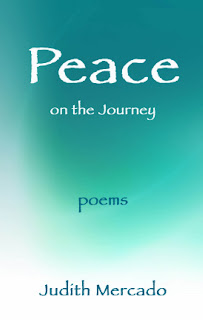
“He was a bad priest, he knew it. They had a name for his kind—whiskey priest … one day [his failings] would choke up … the source of grace … [but] until then he carried on.”
The Power and the Glory by Graham Greene
John Updike called this novel Graham Greene’s masterpiece. It is the story of an anonymous fugitive priest at a time when Mexico outlawed Catholicism. While he flees the authorities who want him to recant his vocation or be killed, the priest struggles with defining what is nonnegotiable in the clash between personal survival and faith. By his own admission, he is not a worthy individual. He has fought with a dog for meat left on a discarded bone, fathered a bastard child, and used sacramental wine to drink himself into a stupor.
My fiction frequently focuses on people struggling with religious faith, including ministers and priests. Graham Greene has set the bar high for me, exhorting me to shun easy stereotypes and instead depict characters who beyond their title and occupation are human beings first. By portraying authentically the humanity of a whiskey priest, Greene transmuted the priest’s struggle into that of the universal person who asks, How do I achieve redemption given how terribly flawed I am?
It is a dilemma faced by at least two of my characters:
- Bishop Aldo, whose powerful family smoothes his rise in the Peruvian Catholic hierarchy, asks, “What was left of that priest who asked for forgiveness and absolution? Had he been a fluke, never seen before, never to be experienced again? In truth, I was not sure I had ever really been a priest. I may simply have been the vacuous construct of my family’s wish to ensure unbroken access to power.”
- Rev. Brian Dolatowski struggles to understand why, “Try as he might, he just could never ease into Regina’s seemingly effortless spirituality. … All Brian ever felt with any real conviction was abysmal self-doubt. Then how could someone like him purport to be a minister, unless it was to bond with other similarly cynical, flawed people? If so, what was the point? ”
Neither of my characters leaves the priesthood or ministry. Greene’s whiskey priest, acutely self aware of his shortcomings, repeatedly tries to flee his priestly duties. Throughout The Power and the Glory, he finds himself pulled back from the brink of dissolution and despair by the entreaty of the poorest and most unworthy among him — vomit-and-feces-covered fellow prisoners in a crowded prison cell, a gap-toothed treacherous mestizo, a debased policeman. Though he no longer wears priestly garments and is himself guilty of lust, envy, cowardice, ingratitude, and above all pride, desperately poor Indians save him from descent into his baser self when they appeal to him to celebrate mass and the sacrament of confession. While doing so, he sheds his facile descriptions of morality, faith, and God; rediscovering the numinous in the Communion Host.
Perhaps that is why I like to write and read about flawed characters such as these. Despite their human failings and misgivings, they search for The Mystery that underlies existence. In so doing, I suspect they represent many among us.
















